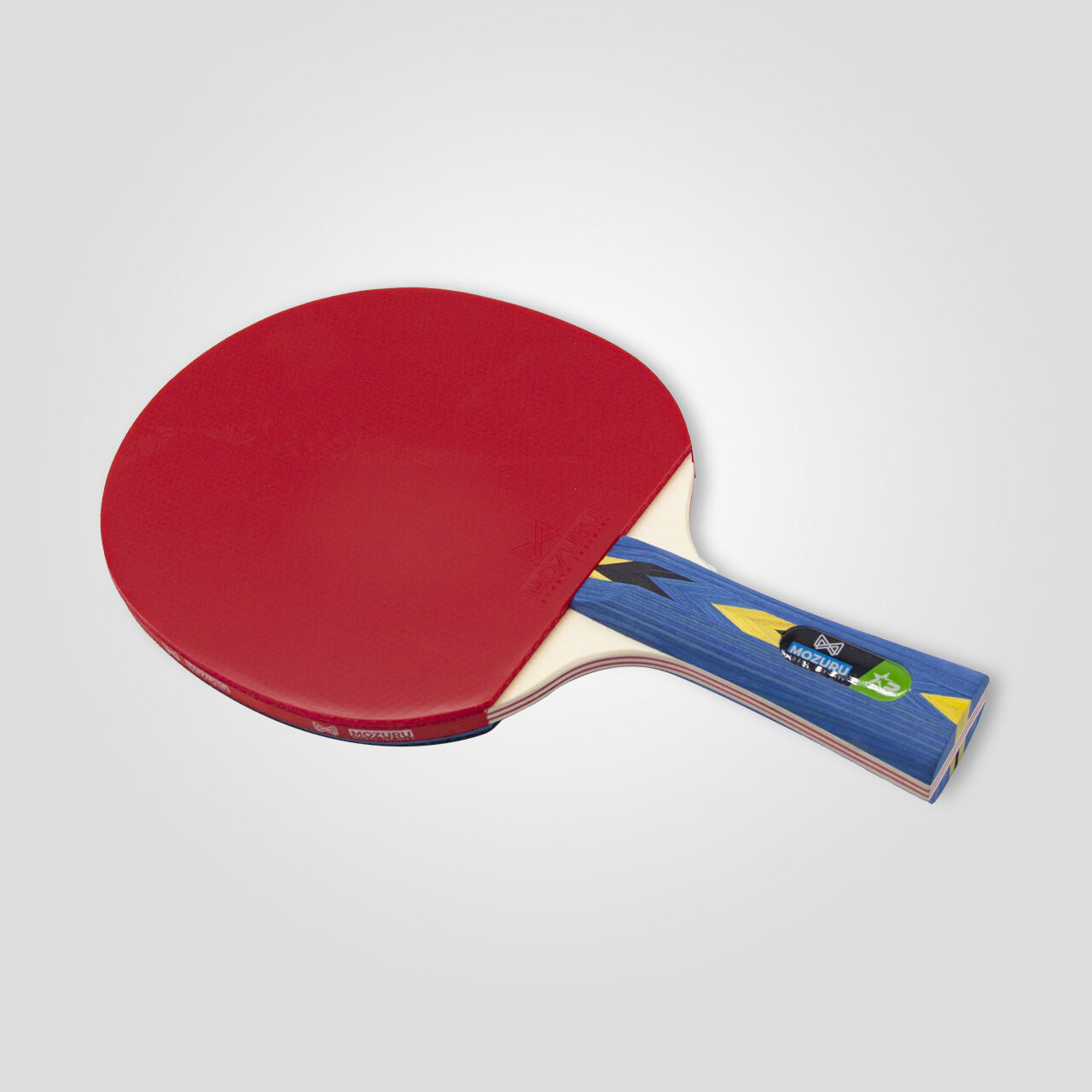Understanding the Complexities of Wholesale Table Tennis Equipment
The wholesale purchase of table tennis rackets represents a significant investment for clubs, schools, and sports facilities. Making informed decisions when buying table tennis rackets in bulk requires careful consideration of multiple factors that can impact both immediate costs and long-term value. Industry experts recognize that bulk purchasing goes beyond simple price comparisons - it encompasses quality assessment, player requirements, and strategic planning.
Professional buyers understand that securing the right table tennis rackets in bulk quantities demands a thorough evaluation process. Whether you're equipping a training facility or stocking a retail store, the decisions made during bulk purchases can significantly influence player satisfaction and business success. Let's explore the essential considerations that guide successful bulk purchasing decisions.
Quality and Performance Specifications
Material Composition and Durability
When selecting table tennis rackets for bulk purchase, the material composition stands as a crucial factor. Professional-grade rackets typically feature high-quality plywood cores with specialized rubber surfaces, while training-level equipment may utilize more cost-effective materials. Buyers must evaluate the balance between durability and performance characteristics to ensure their investment delivers lasting value.
The rubber compound quality and thickness significantly influence both durability and playing characteristics. Premium rubber compounds offer superior grip and spin generation but may wear faster, while harder compounds provide extended longevity at the expense of performance. When purchasing table tennis rackets in bulk, consider the intended usage pattern to determine the optimal material specifications.
Performance Level Requirements
Different skill levels demand varying performance characteristics from table tennis rackets. Training facilities require equipment that accommodates beginners while providing room for skill development. Competition venues need rackets that meet regulatory standards and deliver consistent performance under intense usage.
Advanced players typically require specialized equipment with specific speed and spin characteristics, while recreational facilities might prioritize durability and ease of use. Bulk buyers must carefully assess their target users' needs to select appropriate performance specifications across their order.
Cost Considerations and Budget Planning
Price Point Analysis
Establishing a realistic budget for table tennis rackets in bulk requires thorough market research and volume pricing analysis. Wholesale prices can vary significantly based on order quantity, manufacturer relationships, and seasonal factors. Smart buyers develop pricing benchmarks and negotiate terms that balance quality requirements with budget constraints.
Volume discounts often play a crucial role in bulk purchasing decisions. Larger orders typically command better per-unit pricing, but buyers must carefully consider storage requirements and inventory turnover rates. Understanding the total cost of ownership, including potential replacement needs and maintenance expenses, helps develop comprehensive budget plans.
Long-term Value Assessment
While initial purchase price remains important, successful bulk buyers evaluate long-term value metrics when selecting table tennis rackets. This includes analyzing the expected lifespan of equipment under various usage conditions and calculating the cost per playing hour or session. Equipment that offers extended durability may justify higher upfront investments through reduced replacement needs.
Maintenance requirements and replacement part availability also factor into long-term value calculations. Rackets designed for easy rubber replacement or refurbishment can offer significant cost advantages over time, particularly in high-usage environments.
Storage and Distribution Requirements
Inventory Management Systems
Efficient storage and distribution systems prove essential when handling table tennis rackets in bulk quantities. Professional buyers implement inventory tracking systems to monitor usage patterns, maintain appropriate stock levels, and schedule timely replacements. Proper storage conditions protect equipment quality and extend useful life.
Climate-controlled storage areas prevent rubber degradation and maintain optimal playing characteristics. Organizing inventory by performance level and intended use facilitates efficient distribution and helps maintain accurate usage records. Successful bulk buyers develop clear protocols for equipment checkout and return procedures.
Distribution Logistics
Managing the distribution of table tennis rackets across multiple locations or user groups requires careful planning and coordination. Buyers must consider transportation requirements, handling procedures, and allocation systems that ensure equitable access to equipment. Clear labeling and tracking systems help prevent loss and unauthorized use.
Professional facilities often implement equipment rotation schedules to distribute wear evenly across their inventory. This approach maximizes equipment lifespan and helps maintain consistent playing characteristics throughout the facility.
Warranty and Support Services
Manufacturer Guarantees
When purchasing table tennis rackets in bulk, warranty coverage and manufacturer support services provide important safety nets. Professional buyers carefully review warranty terms, including coverage duration, replacement procedures, and exclusions. Strong manufacturer relationships often facilitate smoother warranty claim processes and may offer priority support services.
Some manufacturers provide extended warranty options for bulk purchases, which can offer valuable protection for significant investments. Understanding the claim process and required documentation helps buyers maximize warranty benefits and minimize equipment downtime.
Technical Support Access
Access to manufacturer technical support and maintenance guidance helps maintain equipment performance and extend useful life. Professional buyers value relationships with suppliers who offer comprehensive support services, including maintenance training and troubleshooting assistance. Regular communication with technical support teams helps address potential issues before they impact operations.
Some suppliers provide online resources and training materials that assist with equipment maintenance and user education. These resources prove particularly valuable for facilities managing large equipment inventories.
Frequently Asked Questions
How Many Table Tennis Rackets Should Be Included in a Bulk Order?
The optimal quantity for bulk table tennis racket orders depends on several factors, including facility size, user base, and replacement cycle timing. Most suppliers offer volume pricing tiers starting at 20-50 units, with significant discounts available for larger quantities. Professional facilities typically maintain 15-20% extra inventory to account for peak usage periods and replacement needs.
What is the Typical Lifespan of Bulk-Purchased Table Tennis Rackets?
Under normal usage conditions, quality table tennis rackets purchased in bulk typically last 6-12 months in high-traffic facilities and up to 24 months in moderate-use environments. Proper maintenance and storage procedures can significantly extend equipment lifespan. Professional-grade rackets often demonstrate longer durability but require more careful handling and maintenance.
How Should Bulk Table Tennis Rackets Be Stored to Maintain Quality?
Proper storage requires maintaining consistent temperature and humidity levels, typically between 60-75°F and 45-55% relative humidity. Rackets should be stored flat or vertically in dedicated racks, away from direct sunlight and heat sources. Regular inspection and rotation of stored equipment helps prevent rubber degradation and ensures consistent performance across the inventory.


